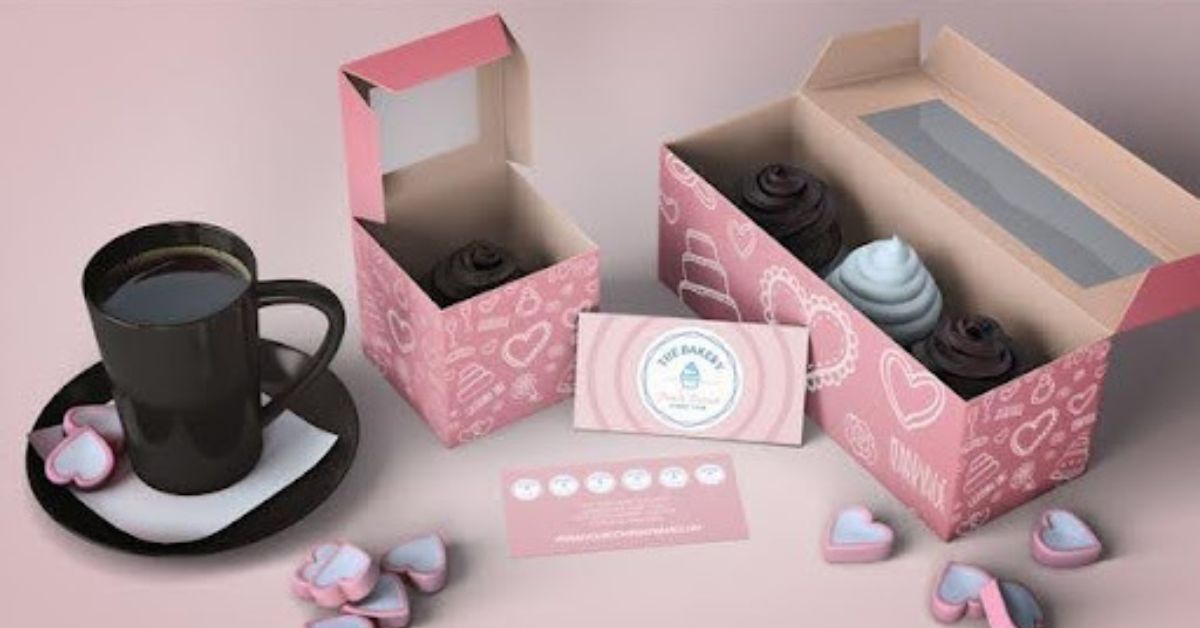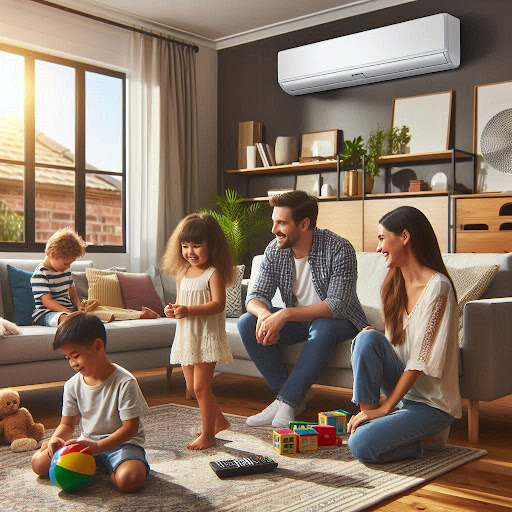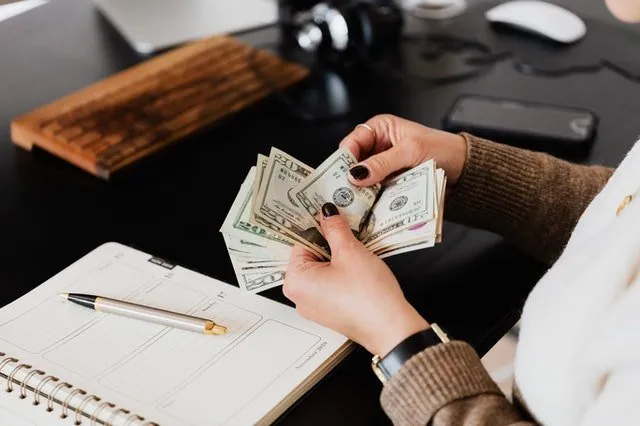How to Select the Right Material for Your Custom Bakery Boxes?

Piping hot croissants coming fresh straight from the oven is no less than a feast for the eyes. Don’t forget the sugary ice frostings over the cupcake and double layers of cream on the cake. Bakery items are a perfect way to enjoy a sweet morning anytime. But do you know what makes these delicacies truly satisfying? (A big cup of coffee!) No! It’s all in setting the first impression.
Think Through: We got beaten by a goldfish. How? The average attention span of humans is 8.25 seconds. Goldfishes got the lead by having an attention span of 9 seconds.
With custom bakery boxes, you can leave a memorable footprint on the customers. These boxes not only help keep sweet tooth cravings fresh but also make your consumers come back for more. This blog will guide you in choosing the right material for your custom bakery boxes.
Key Factors for Choosing the Right Material
- Item Type: Are you packing a box of dozen cookies or a 3-tier cake for a wedding? Whatever your motive is, the material selected should be trustworthy. For example: you might want to use a strong, durable material for fragile confectionary like bagels or donuts. For greasy items, you should seek an oil-free box option.
On the other hand, if you want to wrap cookies, you can opt for a flexible material like plastic. Make sure the material used for holding the baked product is clean. It should not destroy items enclosed inside. (Try not to harm the innocent cookies. After all, there is a reason why some of them are called “monster cookies”)
- Shelf Life: Afraid your apple pie will get soggy soon? Then you must choose a material that preserves the pie’s crispiness. Consider using materials that can cut the oxygen supply of the bakery items. Such materials are a great choice for items with short shelf life.
- Environmental Impact: Always choose the materials that benefit the planet. Sustainable package materials like Brown Kraft are a suitable one to select.
- Brand Message: Feeling boxed in by your current packaging? It’s time to think out of the box. The material you choose should convey your brand message properly. For example, a high-end bakery will use elegant foil-lined paper boxes. While another bakery would choose corrugated cardboard.
- Price: The cost of the material will differ based on the type, thickness, and quantity used. Consider your budget limit before packing the tasty delights.
Additional Factors
- Customization Options: There is nothing wrong with keeping your options open. Try to search for exciting customization ways with different materials. You can add elements like logos, colors, and textures to create a unique and memorable packaging experience. Also, you can dive into embossing, debossing, foil stamping, and on-demand printing, to make your box stand out.
- Delivery: Choose material that can withstand the rough water currents. If you are sending your baked treats on a sailor’s venture, make sure the bakery box is firm and do not wet those eclairs.
- Food Safety Regulations: Verify that the materials used for your bakery boxes comply with food safety policies and rules.
- Environmental Concern: Be aware of any environmental policies or packaging requirements that apply to materials in your region.
- Ethical Sourcing: If you are using material that is imported from outside your location, then always confirm its source. This will verify whether or not, the material is legally produced and imported to you.
Types of Custom Bakery Box Materials
Before designing your ideal bakery packaging, it is best to look into its various types.
- Simple Cardboard: This type of cardboard is the industry favorite. It is the most widely used material by the bakeries for its easily foldable nature. Made from cardboard or paperboard, this box gives excellent protection to baked sweets. Their light weight makes them ideal for long-distance transfer. Simple cardboard comes in various shapes and sizes. A great pick for endless design options. The white surface is especially ideal for custom stickers, stamps, or direct printing. Ribbons or net mesh can be used to give extra elegance.
- Kraft Paper: Sourced from unbleached wood pulp, Kraft offers a natural, raw look. This paper is best used in scenarios where sustainable materials are required or simple packaging is desired, or when the interior of another material needs to be lined.
- Foil-Lined Paper: It is coated with a very thin layer of aluminum foil, and it is perfect for protecting baked sweets from water, grease, or smells. Foil paper works best for wrapping chocolates, candies, and other melty goodies.
Pros and Cons of Materials
Nothing is perfect in this world. Not even the boxes that contain your customer’s smiles. Here are some of the pros and cons you need to keep an eye on, before deciding the box material.
Simple Cardboard:
- Pros: Cheap, biodegradable, recyclable, foldable in almost any direction. (Yes, it can somersault too).
- Cons: Easily gets damped, not fit for breakable baked goods.
Kraft Paper:
- Pros: Sustainable, natural look, versatile.
- Cons: Less protection for bakery products, few options for design experimentation.
Foil-Lined Paper:
- Pros: Guards against dampness and oil stains. Optimal choice for delicate fillings.
- Cons: Expensive, limited customization options.
Conclusion
These Custom packaging boxes are more than just a box of treats. These are the packs of sharing joy and celebration. By choosing the right material, you can design your client’s favorite box of sweets. Whether you prefer a simple cardboard or a chich foil-line paper, the choice is yours. Choose a material that not only saves your sweet treats but also reflects the quality and care you put into your baking. Remember, the happiness of your customers is in your hands. Turn those pretty smiles into tasty artwork.






